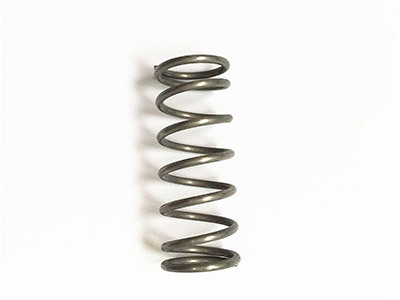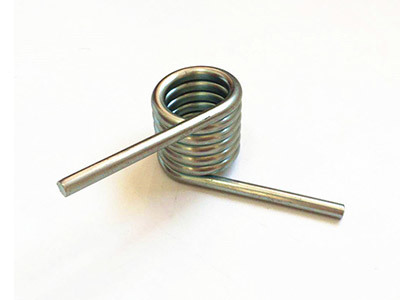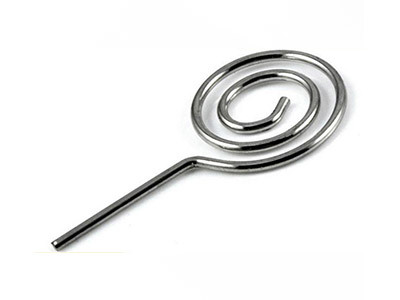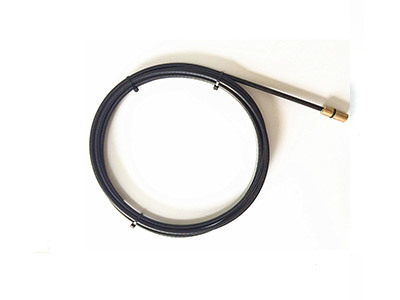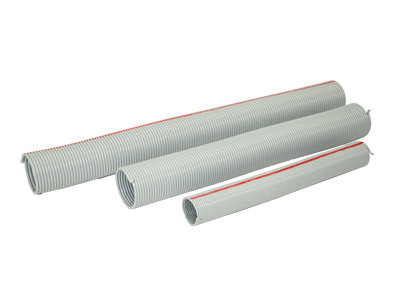Understanding Durable Compression Springs: Key Features and Benefits
Release Time:
2025-07-15
Compression springs are integral components in various mechanical systems, offering essential functionalities across numerous industries. A durable compression spring, in particular, is designed to withstand the rigors of dynamic applications while maintaining its structural integrity over time. These springs are created from high-quality materials and are engineered to provide reliable performanc

Compression springs are integral components in various mechanical systems, offering essential functionalities across numerous industries. A durable compression spring, in particular, is designed to withstand the rigors of dynamic applications while maintaining its structural integrity over time. These springs are created from high-quality materials and are engineered to provide reliable performance under heavy loads, making them a preferred choice for manufacturers.
The durability of compression springs is influenced by several factors, including material selection, manufacturing processes, and design parameters. Typically, durable compression springs are made from materials like stainless steel, music wire, or alloy steel, each offering unique advantages. Stainless steel springs, for instance, provide excellent corrosion resistance, making them ideal for applications exposed to harsh environments. Music wire offers superior tensile strength, ensuring the spring can endure repeated cycles without losing its original shape.
Another critical aspect of durable compression springs is their manufacturing process. Advanced techniques such as cold winding or hot coiling are often employed to ensure precise tolerances and consistent quality. Cold wound springs, for example, are formed at room temperature, resulting in a refined surface finish and enhanced fatigue resistance. On the other hand, hot coiling allows for larger wire diameters and is suited for heavy-duty applications.
The design of a compression spring also significantly impacts its durability. Factors like wire diameter, coil diameter, and the number of active coils must be carefully calculated to meet specific load requirements. This design optimization ensures that the spring can handle the expected stress while minimizing the risk of failure. Additionally, features such as shot peening or surface hardening can be incorporated to further enhance fatigue life and resistance to wear.
Durable compression springs find applications in a wide range of industries, including automotive, aerospace, electronics, and industrial machinery. In automotive applications, for example, these springs are crucial for suspensions, helping absorb shocks and maintain vehicle stability. In electronics, they play a vital role in switches and connectors, ensuring reliable operation and longevity of devices.
In conclusion, selecting a durable compression spring involves understanding its material properties, manufacturing processes, and design specifications. By prioritizing these elements, manufacturers can ensure that their products not only meet performance expectations but also offer reliability and longevity. Whether you are designing a new machine or replacing a worn-out component, investing in high-quality durable compression springs is essential for optimal functionality and efficiency in your equipment.
The durability of compression springs is influenced by several factors, including material selection, manufacturing processes, and design parameters. Typically, durable compression springs are made from materials like stainless steel, music wire, or alloy steel, each offering unique advantages. Stainless steel springs, for instance, provide excellent corrosion resistance, making them ideal for applications exposed to harsh environments. Music wire offers superior tensile strength, ensuring the spring can endure repeated cycles without losing its original shape.
Another critical aspect of durable compression springs is their manufacturing process. Advanced techniques such as cold winding or hot coiling are often employed to ensure precise tolerances and consistent quality. Cold wound springs, for example, are formed at room temperature, resulting in a refined surface finish and enhanced fatigue resistance. On the other hand, hot coiling allows for larger wire diameters and is suited for heavy-duty applications.
The design of a compression spring also significantly impacts its durability. Factors like wire diameter, coil diameter, and the number of active coils must be carefully calculated to meet specific load requirements. This design optimization ensures that the spring can handle the expected stress while minimizing the risk of failure. Additionally, features such as shot peening or surface hardening can be incorporated to further enhance fatigue life and resistance to wear.
Durable compression springs find applications in a wide range of industries, including automotive, aerospace, electronics, and industrial machinery. In automotive applications, for example, these springs are crucial for suspensions, helping absorb shocks and maintain vehicle stability. In electronics, they play a vital role in switches and connectors, ensuring reliable operation and longevity of devices.
In conclusion, selecting a durable compression spring involves understanding its material properties, manufacturing processes, and design specifications. By prioritizing these elements, manufacturers can ensure that their products not only meet performance expectations but also offer reliability and longevity. Whether you are designing a new machine or replacing a worn-out component, investing in high-quality durable compression springs is essential for optimal functionality and efficiency in your equipment.
Related News
